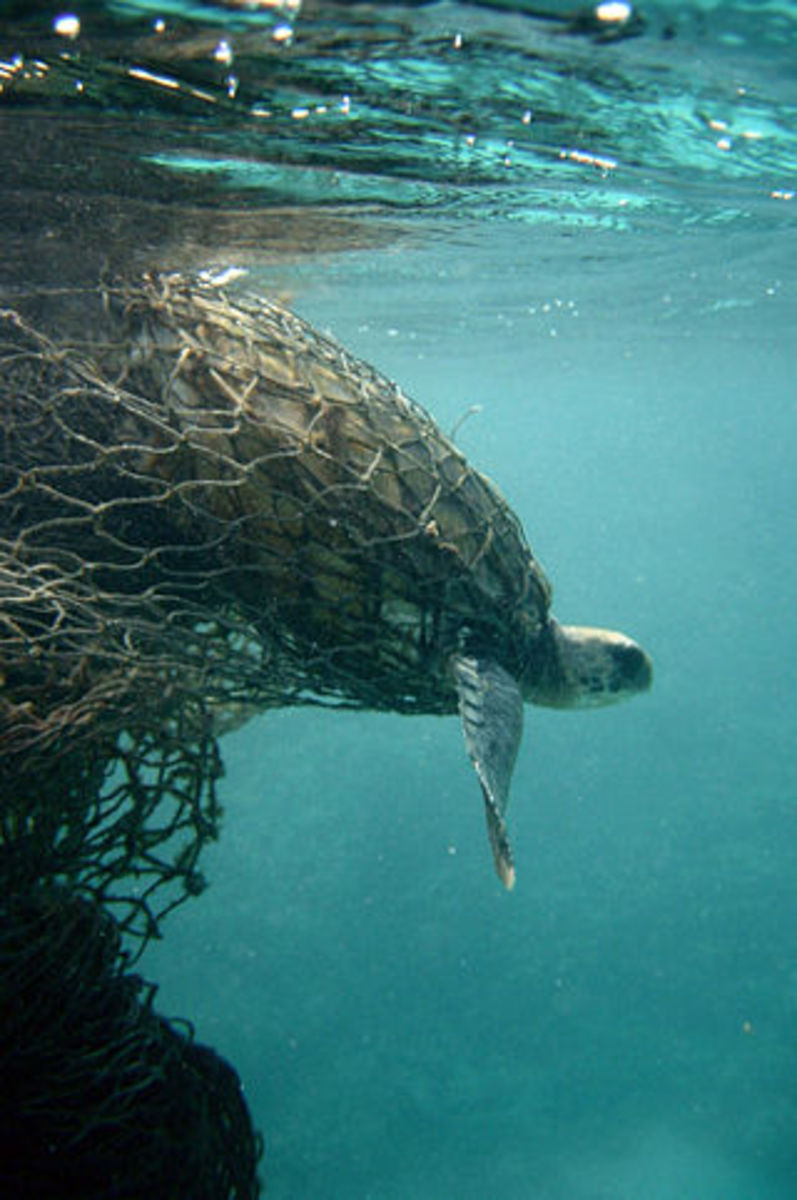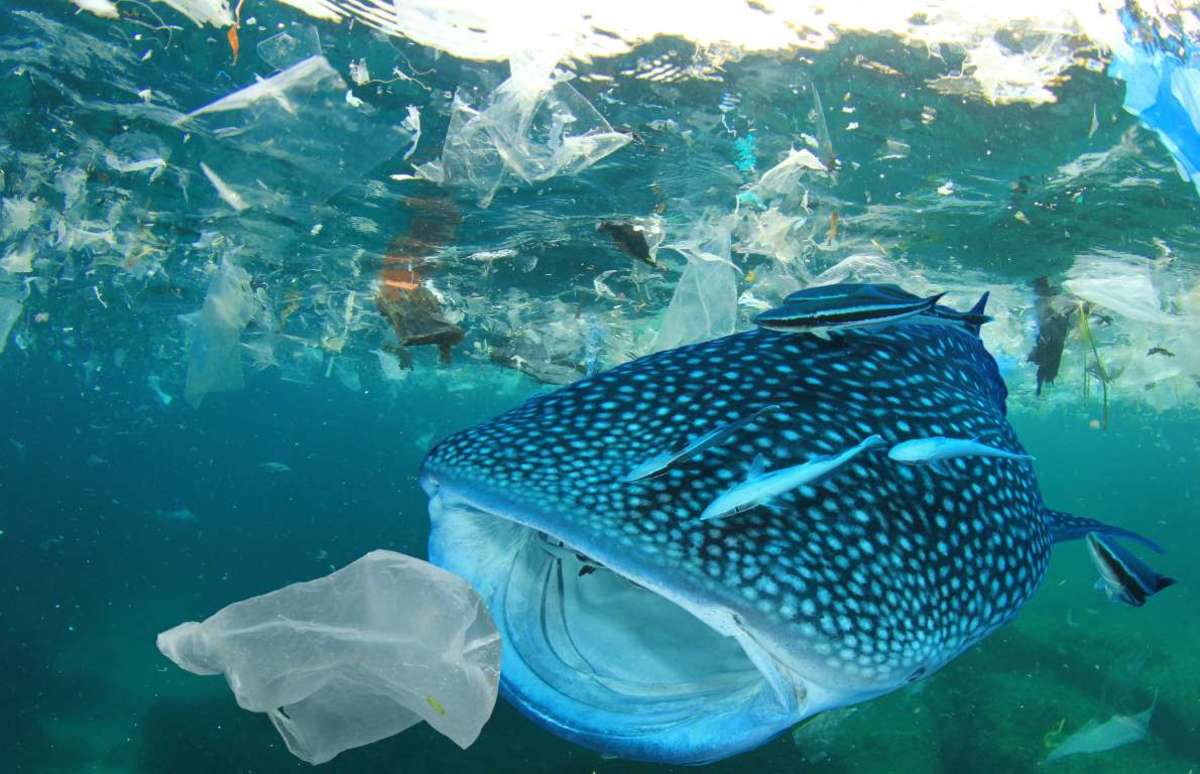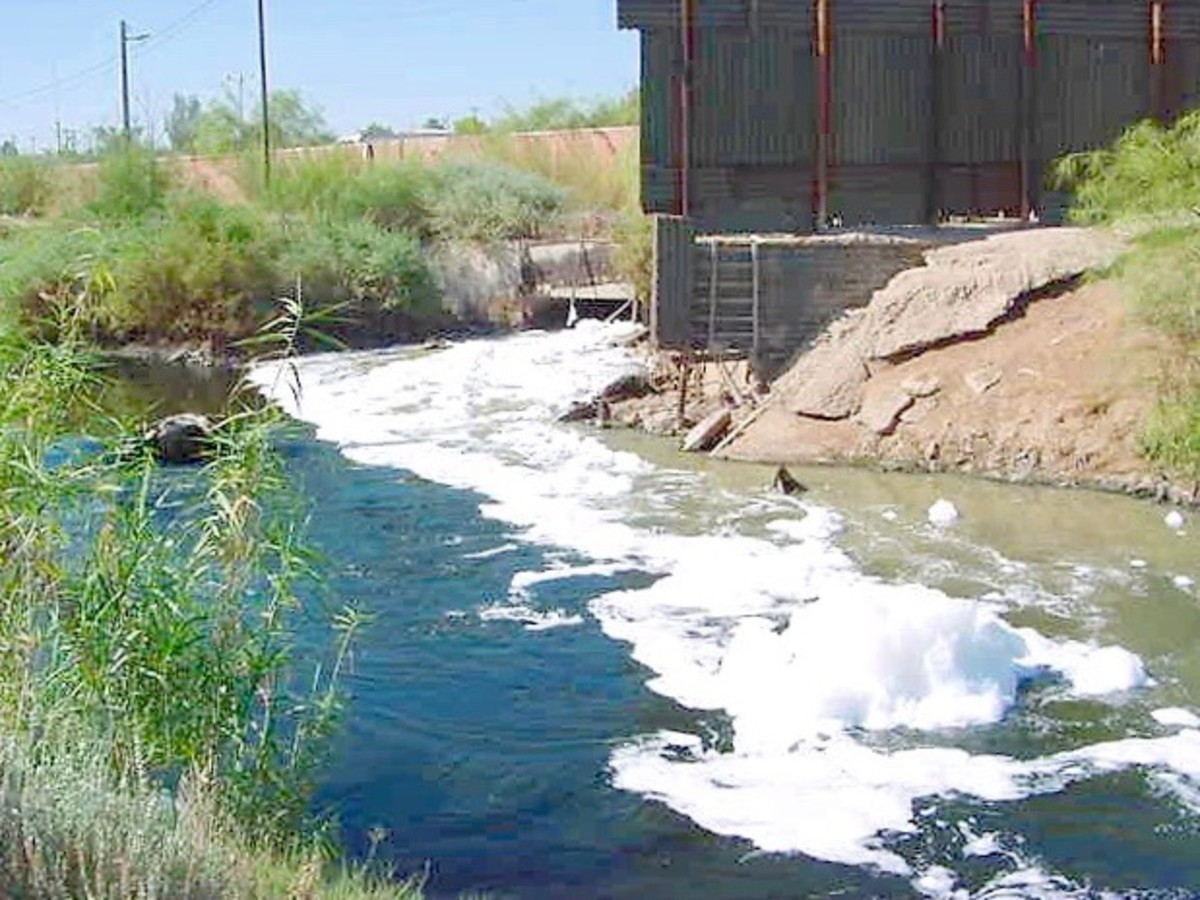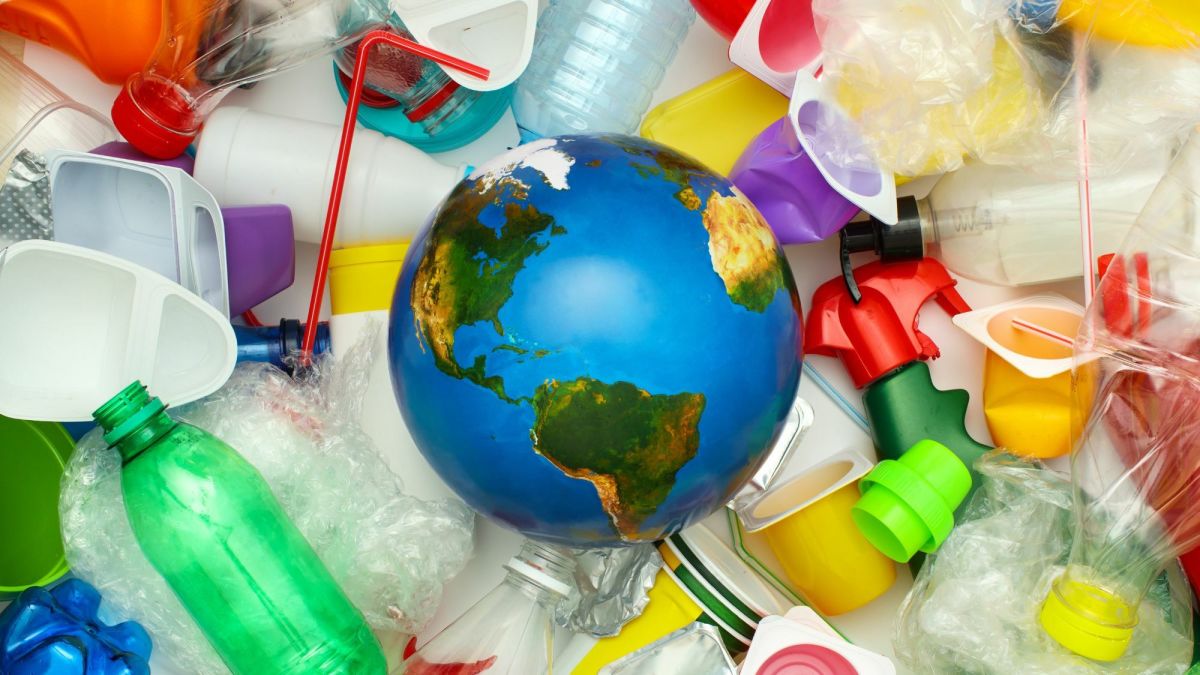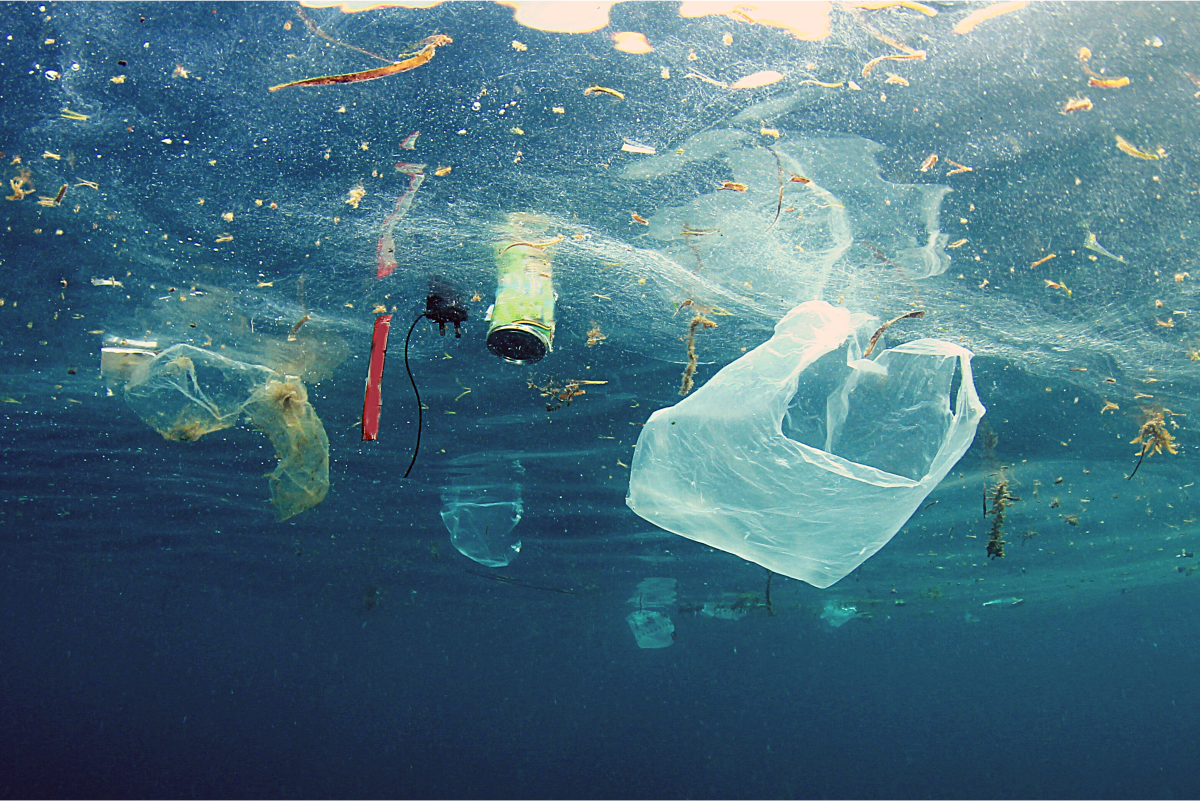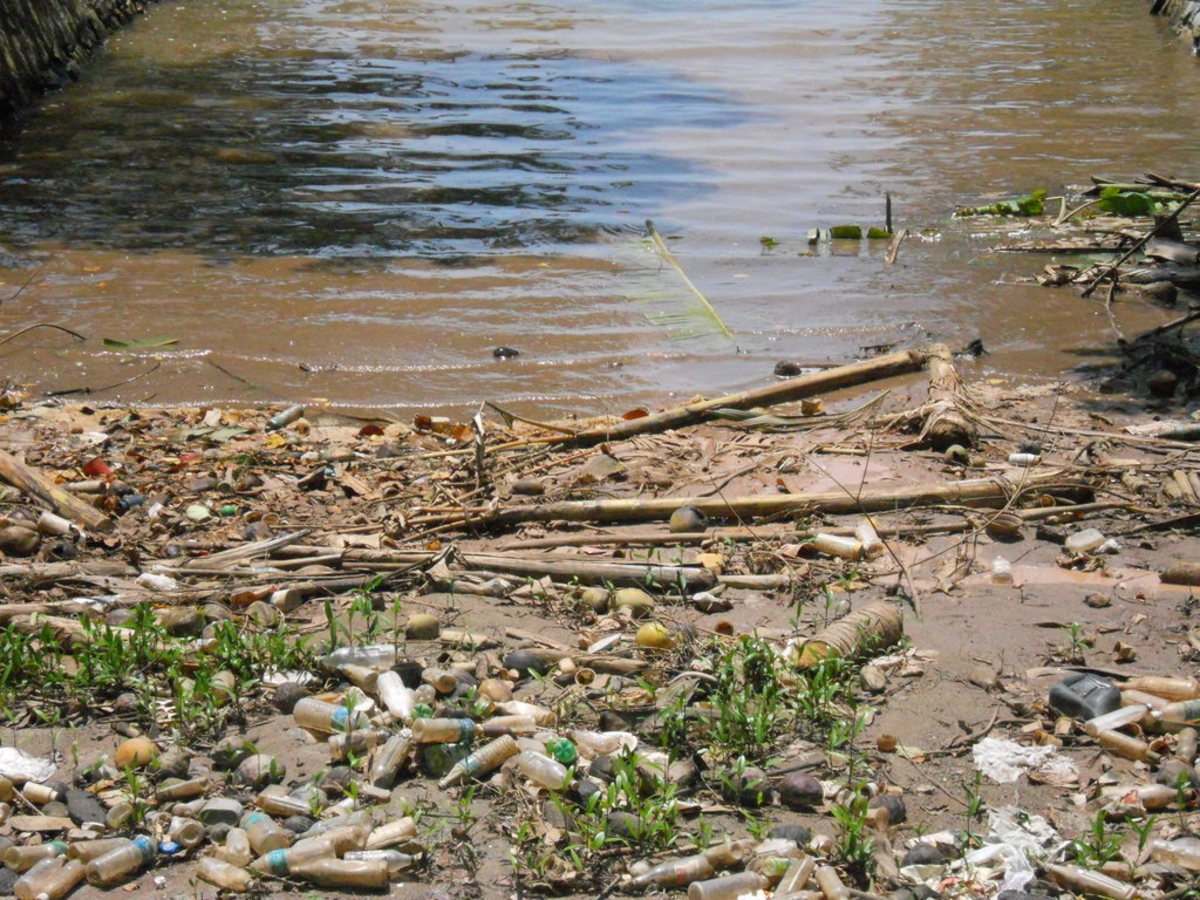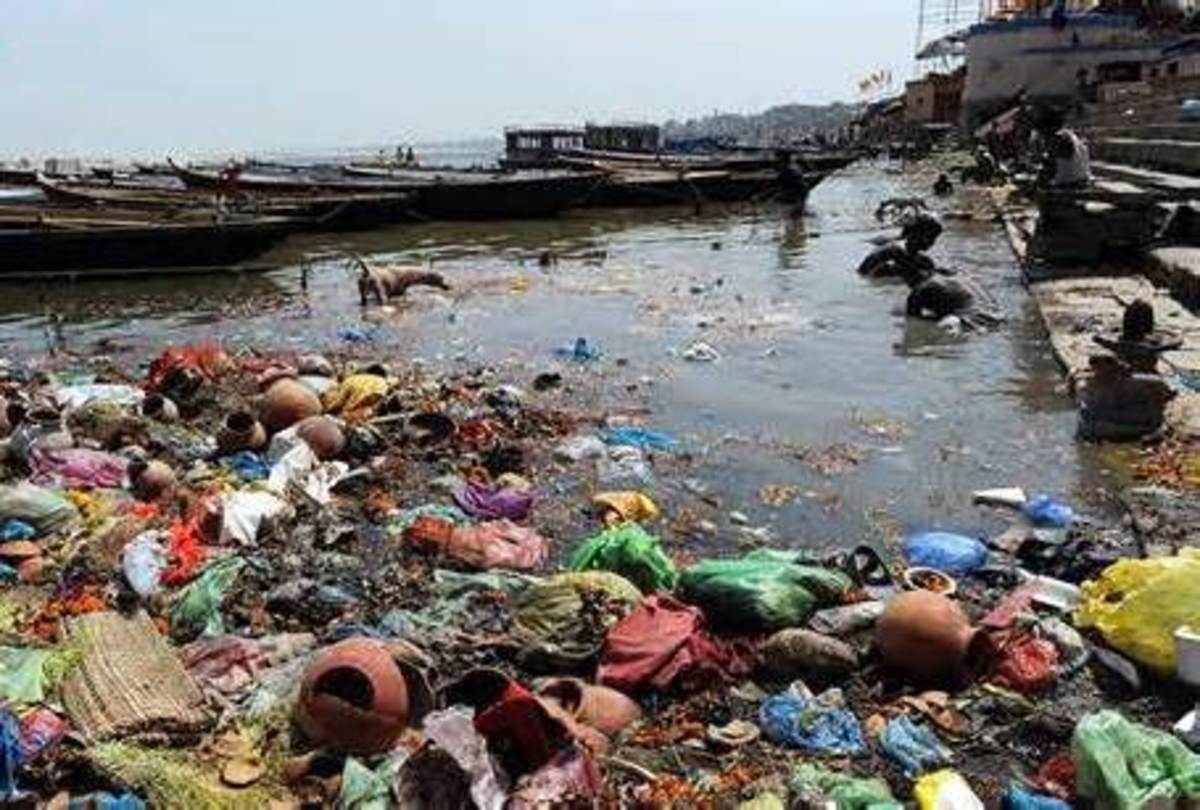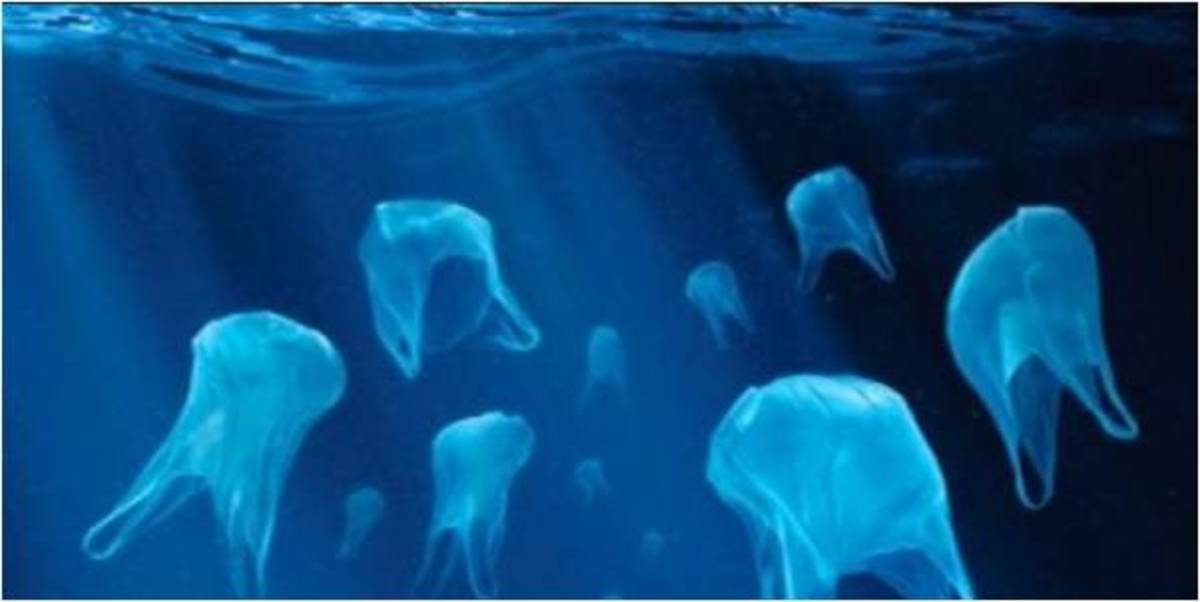Pollution - The Great Pacific Garbage Patch
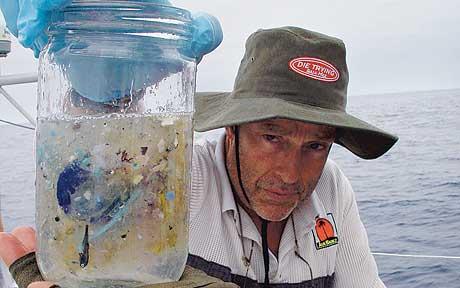

Sometimes, it takes a little fiction to bring some truth into your life. Yesterday, I received a little bit of the factual fiction through a book I am reading. I am a Bond-a-holic; love James Bond. My favorite movie of the Bond series is Goldfinger, and the line "No Mister Bond, I expect you to die!" ranks right there with "Frankly Scarlet I don't give a damn!" as one of the greatest lines ever in the film industry.
Back to my reading. I am currently about 2/3 of the way through Jeffery Deaver's Bond novel Carte Blanche. It has been a good read so far, full of intrigue and action. I have heard it is in the running as a possible Bond movie. In the book, a statement was made regarding the Great Pacific Garbage Patch, and the fact that there is four times as much plastic in the Pacific Ocean as there is zooplankton. I could not believe that statement, even for fiction; so I rushed to the computer and searched Great Pacific Garbage Patch.
There it was.
Real. An identified portion of the ocean that is full of garbage. Reputed to be twice the size of Texas.
Let me say that one more time for effect: Twice the size of Texas. Other reports put it as large as twice the size as the continental United States, or roughly 8% of the entire Pacific Ocean.
A floating mat of trash in the Pacific Ocean. Now, lest you picture a solid mass of floating debris, that is not what it is. Instead, it is a portion of the ocean that holds a higher than normal amount of pelagic plastics, chemical sludge, and other debris trapped by the currents of the North Pacific Gyre, or currents. It is not visible to satellite imagery, rather it resides in the water column as submerged particles. The plastics break down to smaller polymers and the area is defined as an area in which the mass of plastic debris is significantly higher than average.
In August of 2009, the Scripps Institute of Oceanography dompleted a survey during the Project Kaisei in which they discovered plastic debris in 100 consecutive samples taken by nets of varying size and depths along a 1,700 mile path throughout the patch. 1,700 miles of travel, dipping the nets into different locations and depths, and they found significant debris in every single one of them. Imagine driving halfway across the country and at every stop you check the water or air and find it contaminated with something harmful.
Oh wait, you can. Sorry.
The concentration is the greatest near the surface, and as it disintegrates it becomes small enough to be ingested by aquatic organisms (I assume this means fish and the like), and in this manner it becomes part of the food chain. What does it contain? Toxic chemicals such as bisphenol A, PCB's, and polystyrene.
Bisphenol A was used to make baby bottles, water bottles, and sports equipment. It is banned for use in baby bottles now in Europe, Canada, and the United States, although it is still in use for water bottles.
PCB's are in coolant fluids, and is used in transformers, capacitors, and electric motors. It was banned in 1979 in the U.S. and by the Stockhom Convention in 2001. All it does is cause cancer, such as non-Hodgkin Lymphoma.
Polystyrene is used in CD and DVD cases, and also in food containers such as clam shells, bottles, and plastic cutlery. How long will it last? Hundreds of years. It does not readily break down, and is resistant to photolysis.
Now, its effect on the animal life. Near the Midway Atoll, there live some 1.5 million Laysan Albatrosses. Virtually all of them have plastic in their digestive system. Out of the approximately 1/3 of the chicks that die, almost all were due to being fed plastic by their parents. Even jellyfish will ingest the debris, and they themselves are consumed by larger fish, thus allowing the pollutants to enter the food chain that ultimately leads to Man.
Now, for more bad news. The Pacific is not alone in having its very own floating garbage dump. The North Atlantic Garbage Patch exists, and while not as large as the Pacific Patch, it has been around longer. It was first documented in 1972, and at present measures hundreds of kilometers across with a density of over 200,000 pieces of debris per square kilometer.
What do we do about it? Well, I guess we can do what we as humans are best at, and just ignore it, hoping it will go away. It won't. It will continue to grow and grow until at some point it might even take on an actual density sufficient to stand on. Then it will become an island of trash. Who knows; maybe we will find a solution to the prisoner issue, and ban all law breakers to the Island of Trash like England did with Australia, thereby placing them out of sight, out of mind.
Or, we can learn and take an active measure to reduce and eliminate and recycle. Why throw something like a plastic water bottle into the trash when we know it will not disintegrate for hundreds or thousands of years? Oh yeah: we don't care. Or at least some don't. I do. My family does. We all should. But that "outta sight, outta mind" mentality persists, and until it floats up to our shores, or begins to accumulate on our doorsteps, America won't actively do anything about it. We will voluntarily try to reduce our waste, we will recycle some things, while others are deemed non-recyclable. And we will continue to trash our planet, our oceans, and all the while we are lowly killing ourselves and the other inhabitants of this world.

